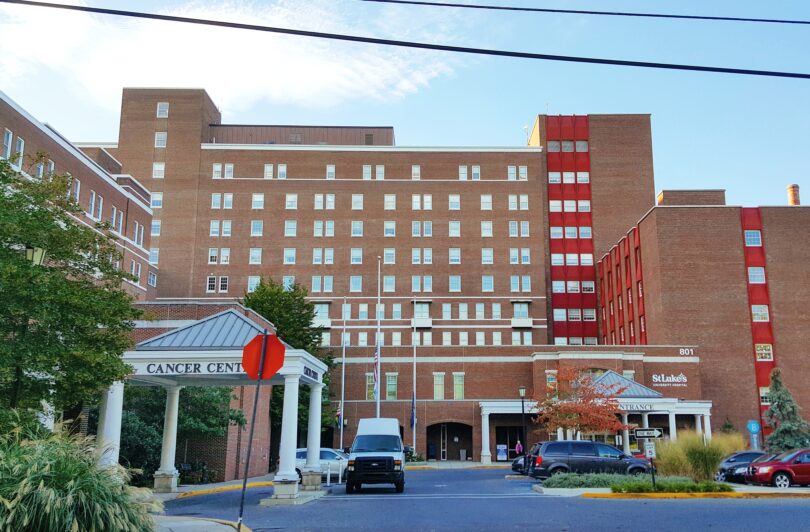Fabricating a broken arm or simulating a wound on a diabetic foot is all in a day’s work for Megan Augustine, M.Ed., St. Luke’s Director of the Network’s Simulation Center.
Augustine and her team are responsible for creating “task trainers”–essentially replicated body parts–that allow St. Luke’s students, residents and staff to practice skills like venipuncture (drawing blood) or a tracheotomy (incision in the windpipe).
“Simulation, using task trainers, is an essential part of medical education, as well as continuing education for existing health care staff,” says Augustine. “It’s an opportunity for them to enhance their skills.”
Looking around the St. Luke’s Network Simulation Center, task trainers of severed appendages, limbs and open wounds are strewn across tables readily available for continuing education and training. Within a network of more than 14,000 employees, more than 10,000 learners come through the Simulation Center annually. Because of the volume, Augustine needed a more efficient and cost-effective way to produce the task trainers, while at the same providing more trainers to the learners. She got the idea to use a 3D printer when looking for alternatives to expensive, hard-to-get task trainers and/or simulators that don’t represent the full range of clinical complexity.
A fundraising grant from St. Luke’s Auxiliary brought her idea to life. The printer arrived three weeks ago and has been set-up, calibrated and tested by biomedical engineering intern Ethan Newman of Widener University.
Using a software program, images can be designed and files can be modified before being sent to the printer.
The printer uses heat to melt a filament material to produce the object. This process can take several hours, but according to Augustine, it is a tremendous addition to the custom task trainers. Plus, she adds, the 3D printer provides customized lifelike anatomical models for learners to improve their skills and gives patients the ability to hold an object instead of viewing it from an image.
“Somewhere down the line, we will be using printers like these for even more advanced purposes,” Augustine says. “I can easily see a physician asking for an anatomical model to better illustrate a medical condition for improved patient care and education. … The sky’s the limit.”
Note: This story was contributed by St. Luke’s University Health Network. Its publication is part of a local health news partnership between Saucon Source and SLUHN.







